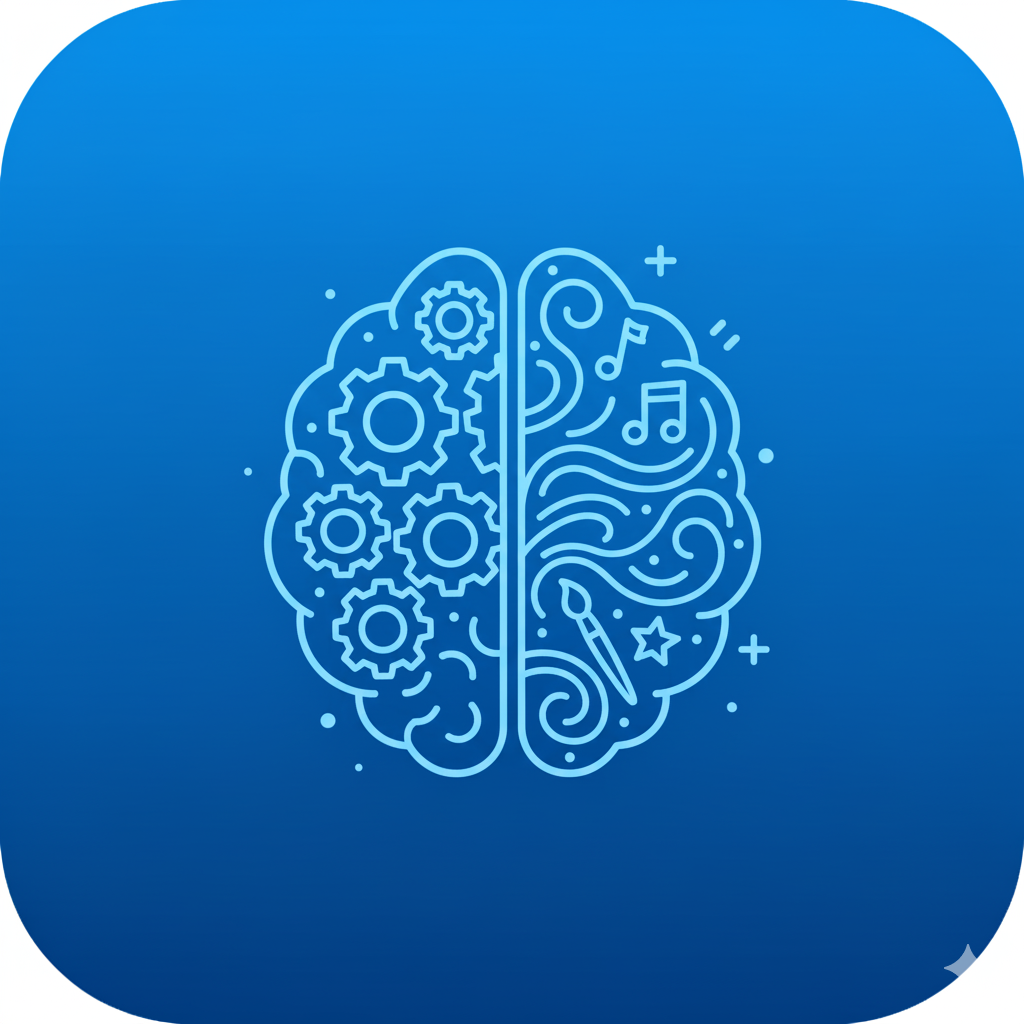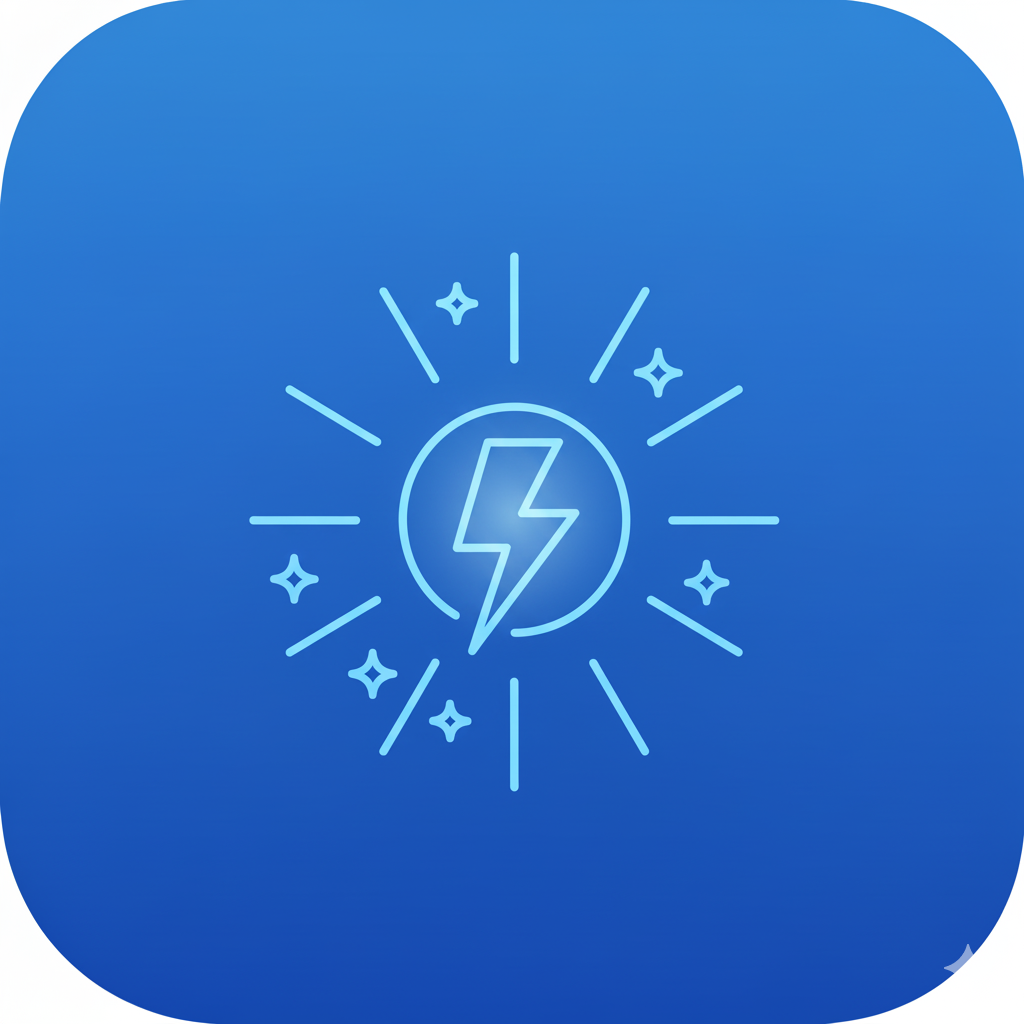
Articles
I Have an Hour to Recharge: Deep Recovery Strategies for Body and Mind
When given a full hour to recharge, we have the opportunity to create a meaningful break that refuels both body and mind. In Rest, Refocus, Recharge, I recommend targeted, evidence-based methods to optimize this precious time. Engaging in deliberate recovery practices not only dissipates stress but also boosts cognitive and physical resilience. Here are science-backed strategies for maximizing an hour of rest to improve health, performance, and focus.
To Stretch or Not To Stretch…
In this article I talk about the benefits of stretching to build flexibility and mobility. I also explain the difference between dynamic activation and static stretching and when you can do each for better health and performance.
We are built to move! (Why we need cardio)
Getting fit is a foundational step toward peak performance and better overall health. Fitness, specifically cardiovascular endurance, fuels our capacity to create energy, perform mentally and physically, and build your endurance to get through your busy days.
Activate Your Body to Focus Your Mind
Activating the body is one of the most effective ways to engage and focus the mind. Research consistently shows that physical activity boosts cognitive performance, helping us think faster, focus better, and improve creativity.
How Physical Activity Sparks Happiness
Physical activity is not only essential for physical health but also plays a powerful role in enhancing mental well-being and happiness. Research highlights that movement can directly stimulate feelings of joy, energy, and emotional resilience. This article explores how moving our bodies in joyful ways can lead to lasting happiness and well-being, focusing on the science behind the connection between physical activity and emotional health.
The Healing Power of Outdoor Exercise
Given many of us spend up to 90% of our time indoors, reconnecting with nature is more crucial than ever for mental, physical, and emotional health. Moving outdoors offers a unique combination of physical exercise and natural therapy, engaging the body’s parasympathetic nervous system—our “rest and digest” response—while providing an escape from the constant digital stimuli that keep us in a stress state. Exercising in natural surroundings, often referred to as "green exercise," can activate powerful stress recovery mechanisms that help us feel calmer, more focused, and energized.
Using Exercise to Enter a Flow State
Experiencing “flow”—a state of deep focus, calm, and optimal performance—feels like unlocking a higher level of existence. Athletes, artists, and professionals describe flow as being “in the zone,” where time slows, actions feel effortless, and the mind is fully absorbed in the task at hand. Regular movement, particularly activities that challenge but don’t overwhelm, can help us access this ideal performance state and improve both our mental and physical well-being.
How Your Mitochondria Boost Your Energy
Feeling energized is deeply rooted in the body’s cellular processes, especially the function of our mitochondria. Often called the “powerhouses” of cells, mitochondria generate the energy required for every action, from thinking and breathing to running and lifting.
How Physical Activity Deepens Focus & BDNF
Exercise not only benefits the body but also significantly enhances brain function, in part due to brain-derived neurotrophic factor (BDNF). This protein, often called “fertilizer for the brain,” helps strengthen neurons, supports neuroplasticity, and plays a vital role in enhancing our ability to focus and concentrate.
Exercises to calm Your stress response
Mindful movement offers a powerful tool for managing stress and enhancing overall well-being. By understanding and addressing our body’s natural stress response through mindful movement, we can cultivate calm, increase focus, and foster calm.
Exercises that Create Theta Brainwaves
Certain types of physical activity can shift our brainwaves into a state associated with calm and creativity, known as theta brainwaves. Understanding the relationship between movement and brainwave activity can help us build resilience to stress and enhance mental well-being.
Move to Extend Your Lifespan and Health Span: The Power of Mitoplasticity
Movement is essential not only for daily wellness but also for extending both our lifespan (the years we live) and health span (the years we live in good health). One of the most profound ways that movement supports long-term health is by enhancing mitochondrial function through a process called mitoplasticity.
Practice the Morning Workout
Starting the day with a workout is an ideal way to get your brain waves and blood flowing.
How You Can Experience The Runners’ High
When we remind ourselves that exercise just feels good, and that after we do our activities we are often happier, that can help us overcome the inertia of lying on the couch and get some momentum to get up and out the door for our run.
How Strength Training Builds Capacity for Life
Strength training leads to musculoskeletal fitness and can increase muscle mass and strength and improve body composition and bone health. All of which make your activities easier and more efficient.
Simply put – when we get strong, we can live better, and live longer!
Why Easy Workouts Are Just as Important
Doing even just a little bit of physical activity will have huge benefits for your physical and mental health. And the activity does not have to rank up your heart rate or lactic acid to have benefits.
Light physical activity can have some powerful benefits. Here are a few examples and ideas to support that concept.
Exercise For Your Mental Health
Optimizing our mental health is a challenge. I don’t think we should all be happy all the time, and experiencing life to the fullest can involve being happy, sad, excited, anxious or any one of many different moods and states.
The problem is when we experience chronic stress, anxiety or depression for extended periods of time without relief.
Therefore, in today’s post I’m sharing ideas on how to use exercise and physical activities to improve your mental health.
How Exercise Boosts Mitochondrial Health and Longevity
Movement is perhaps the most powerful stimulus to build and strengthen our mitochondria. Mitochondria are the energy factories of our bodies and brains. Mitochondria break down the food that we eat to create ATP. Remember that ATP are the energy of our cells.





























